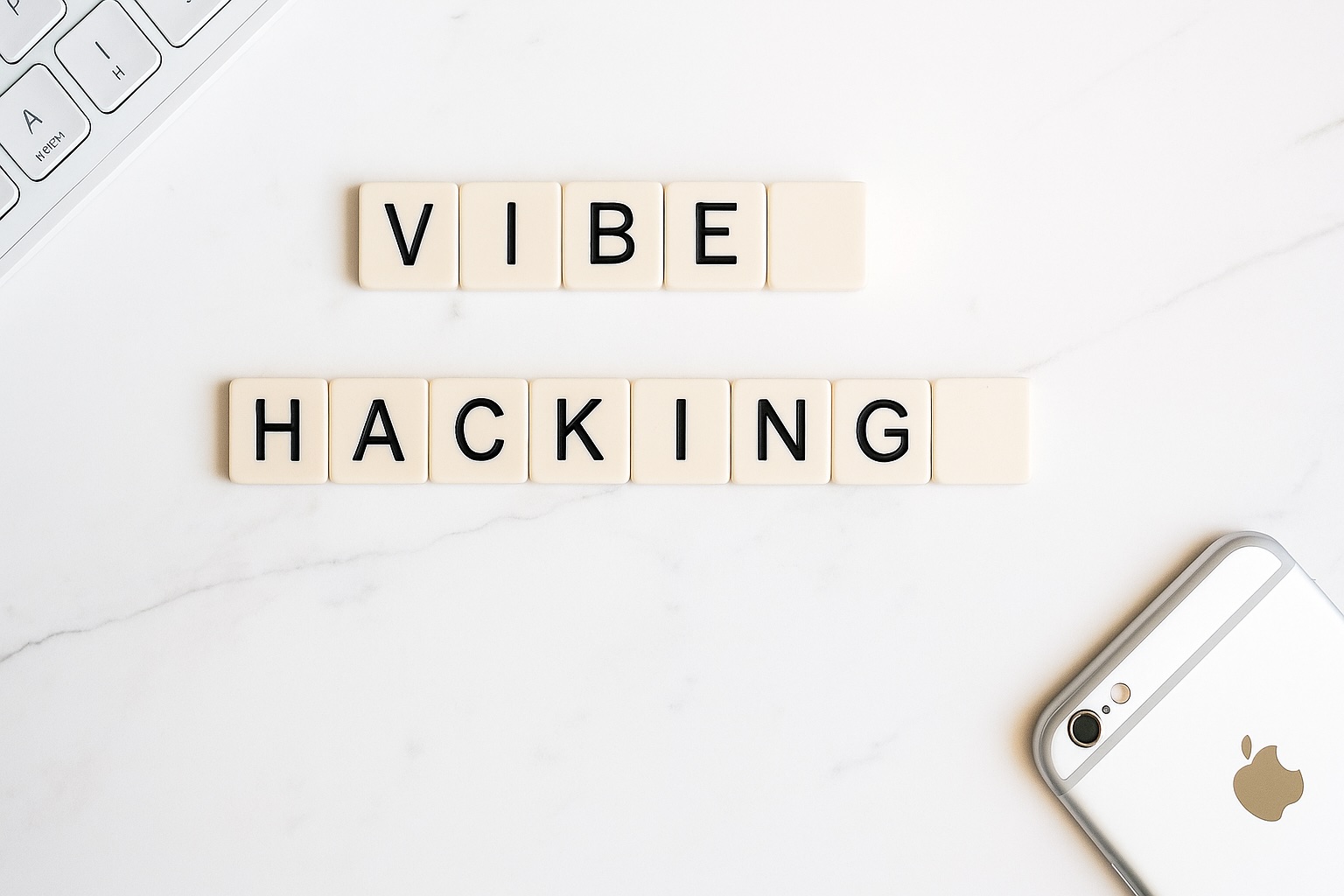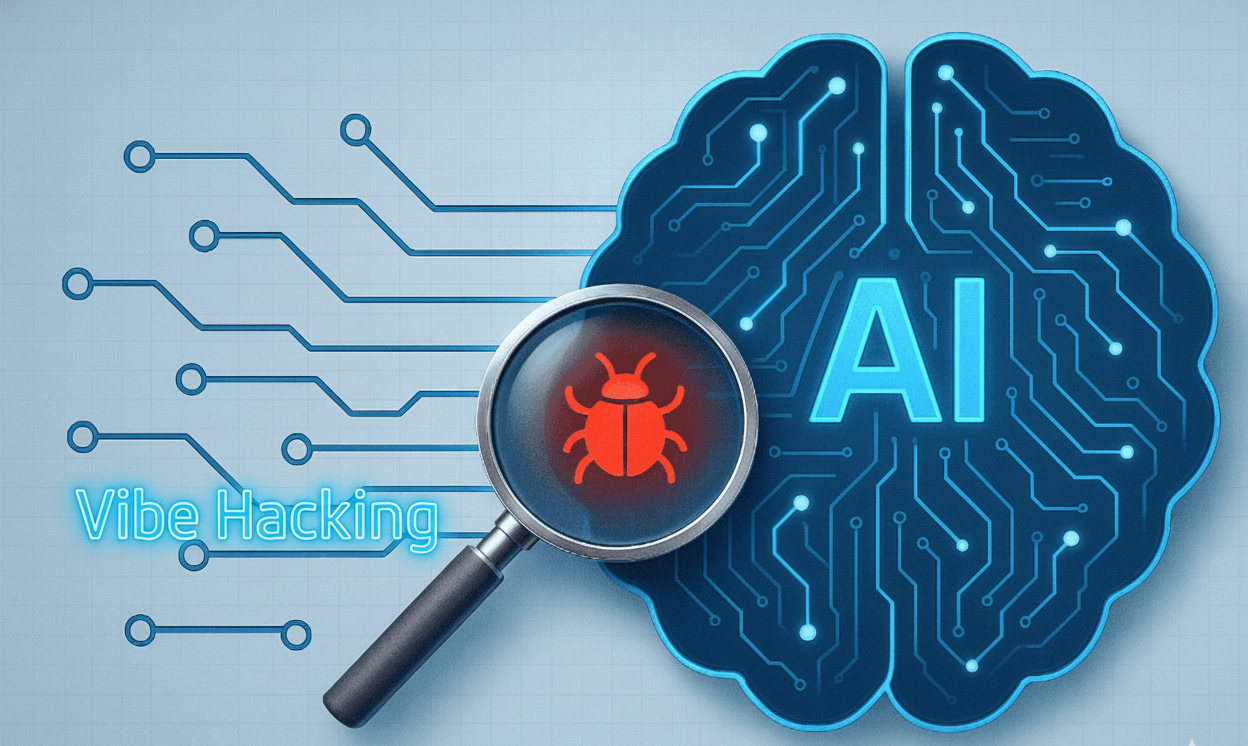The Rise of AI-Driven Deception

Artificial Intelligence has been celebrated for its creativity and problem-solving capabilities, but its misuse is now fueling a new kind of cybercrime known as vibe hacking. Unlike traditional hacking that relies on breaking systems or planting malware, vibe hacking focuses on manipulating people. Cybercriminals use AI to replicate tone, emotion, and trust, creating fake interactions that feel genuine to the victim.
Vibe hacking relies on AI tools that can clone voices, generate realistic video calls, and mimic text styles. These tools help scammers craft believable conversations that convince users to reveal personal data, passwords, or banking details. With the rise of generative AI platforms and voice synthesis software, impersonation has become alarmingly easy — and much harder to detect.
How Vibe Hacking Works

Vibe hacking starts with observation. Scammers study a person’s digital footprint — their social media posts, emails, and messaging habits — to understand how they communicate. Once they have enough information, they use AI to mimic that person’s tone and phrasing.
A common example is a scammer posing as a coworker on WhatsApp or Slack. They start a casual, friendly conversation that feels authentic before slipping in a request for sensitive details or access credentials. In some cases, the scam extends to phone calls where cloned voices of managers, family members, or friends are used to request urgent payments or information.
What makes vibe hacking so dangerous is that it doesn’t rely on obvious red flags like suspicious links or spelling errors. Instead, it preys on emotional trust, timing, and familiarity with the “vibe” that makes users let their guard down.
Why AI Has Made It Worse
The explosion of advanced AI tools has supercharged this form of cybercrime. Deepfake generators can create realistic video calls, while AI chatbots like ChatGPT can imitate natural conversation patterns almost perfectly. Voice cloning tools can replicate anyone’s speech in seconds from just a few seconds of audio.
Together, these technologies make it easy for scammers to impersonate authority figures, relatives, or colleagues. Some hackers even run coordinated operations using AI-powered chatbots to carry out multiple conversations simultaneously, making vibe hacking more scalable than ever before.
Real-World Impact
In the past year, cybersecurity firms have reported a surge in AI-based impersonation attacks. Cases include employees unknowingly sharing login details during fake “urgent” company chats, and families losing money to fraudsters posing as relatives in distress.
Unlike older phishing scams that often looked suspicious, vibe hacking feels emotionally authentic. Victims are made to believe they are helping someone they know or following a legitimate work order. By the time the deception is exposed, sensitive information is already compromised.
How to Stay Protected

While vibe hacking is difficult to detect, experts recommend practical steps to minimize risk. Users should confirm identities through secondary channels before sharing confidential details, especially when requests come via text or voice notes. Enabling multi-factor authentication adds a strong extra layer of security.
Organizations are now adopting zero-trust frameworks and AI-based threat detection systems to monitor unusual communication patterns and prevent such social engineering attacks. But awareness remains the first line of defense. The best way to beat vibe hacking is to stay skeptical even when everything feels right.
AI continues to redefine convenience and connectivity, but as technology evolves, so do the tricks of cybercriminals. The challenge now lies in using AI responsibly while building systems and habits that keep users one step ahead.
Follow Tech Moves on Instagram and Facebook for the latest updates on cybersecurity, AI innovations, and digital safety trends shaping the future of technology.














